S t e r e o s c o p i c D i s p l a y s
Principles
Independently present images to each eye.
Active stutters, passive polaroid, head mounted.
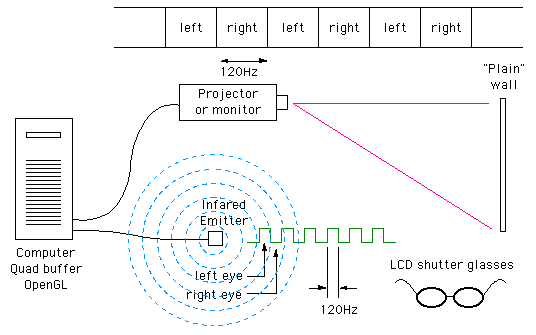
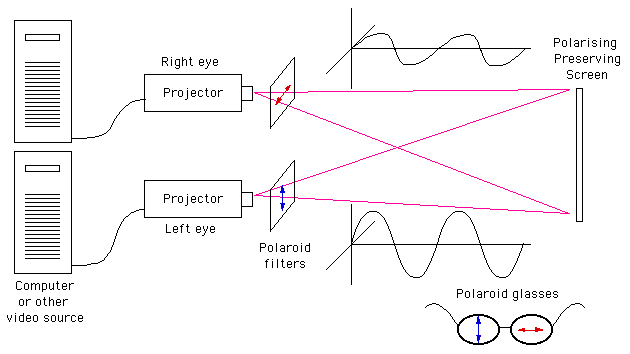
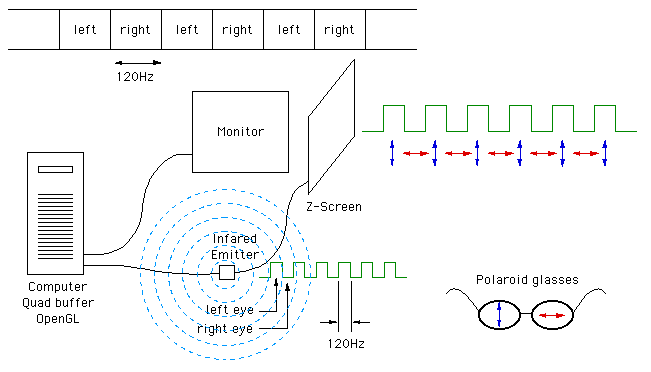
Stereo Monitor, Active or Passive
Swinburne University Astrophysics and Supercomputing
Active stereo most common (Requires higher end monitor)
Graphics card and driver that supports 120Hz.
Visible flicker appears around the 100Hz range, user dependent
Passive stereo using Z-Screen

Desk (Single or dual screen)
Active stereo
Immersa-Desk
Trimension
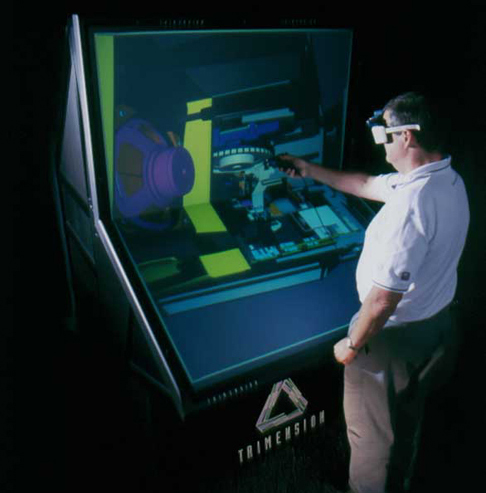
Single Wall
Active or Passive (Passive requires a special surface)
Swinburne University Astrophysics and Supercomputing
Multiple emitters for room coverage
IMAX 3D
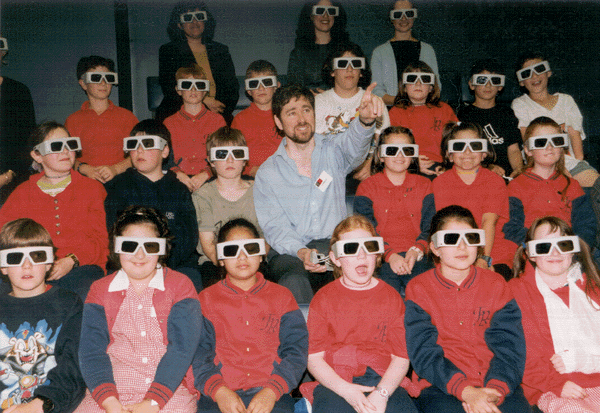
Dual Wall
Active stereo
Wedge (Powerhouse Museum, ANU)
Head tracking requirement, single person.

Curved Wall
Active stereo
RMIT I-Cubed
Edge blending, multiple graphics pipes (High hardware costs)
Limited sweet spot, only suited to a small group.
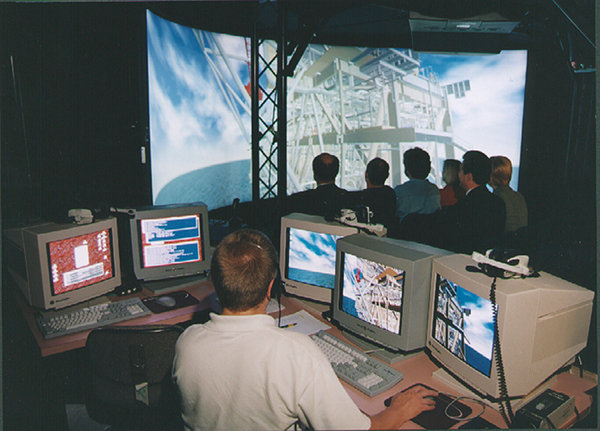
Surround Stereo
Cave by Trimension
Single person environment, heavy use of head tracking.
Active stereo
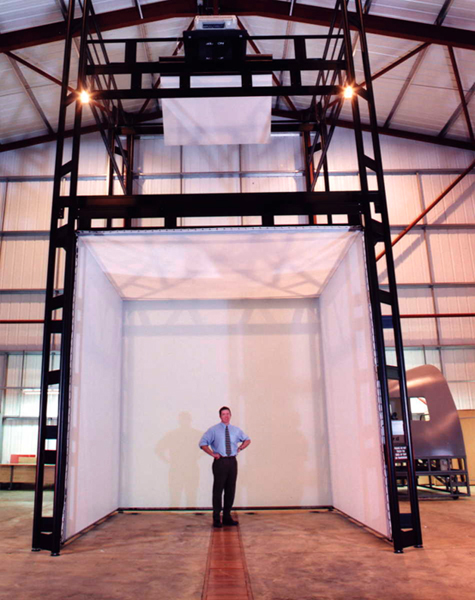
Cabin
Fully enclosed version of the CAVE.
Active stereo

Head Mounted Displays
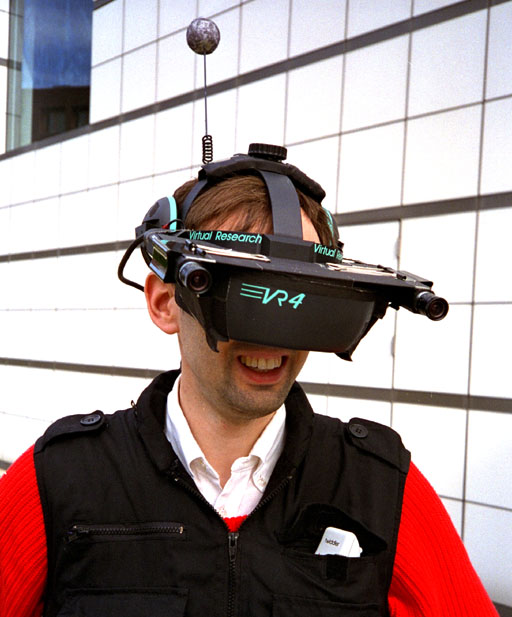
Autostereoscopic Displays
Lenticular, Barrier strip.
Dresden 3D
Autostereoscopic prints
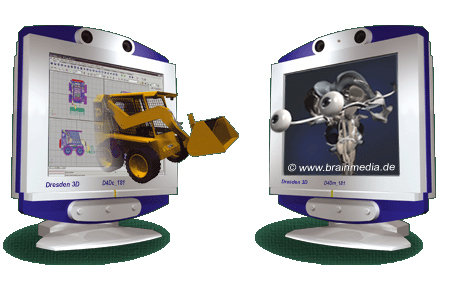
Full 360 "walk around" displays
Actuality Systems
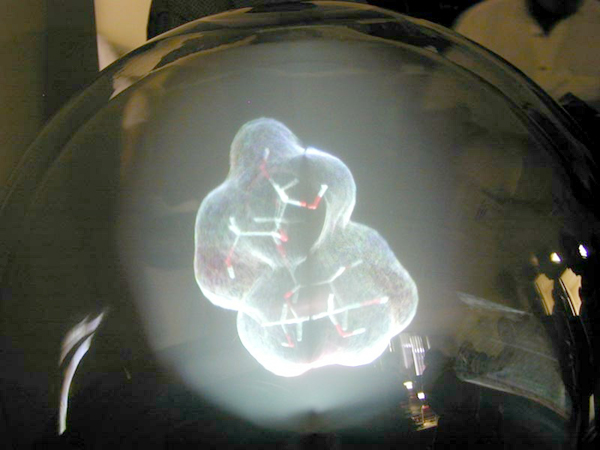
| 




















